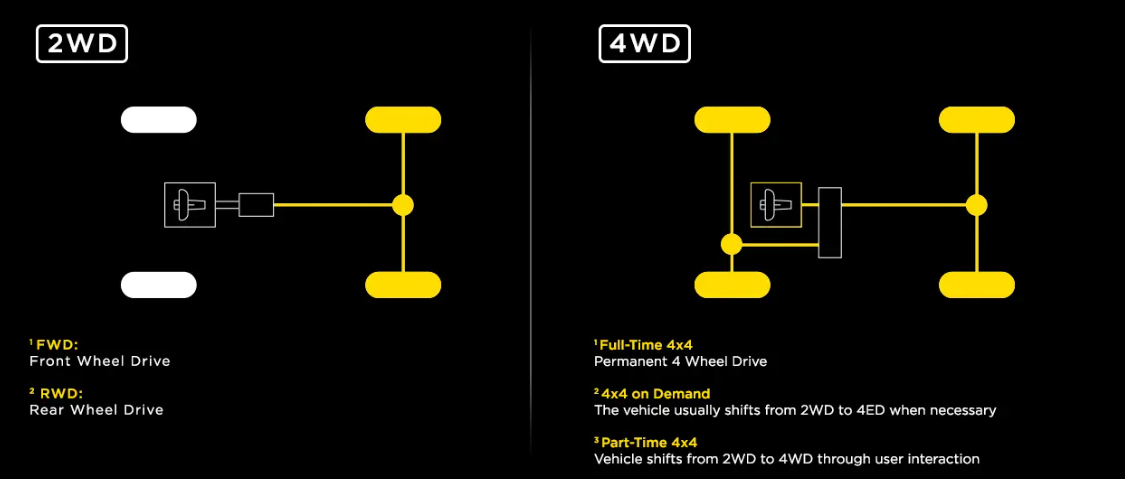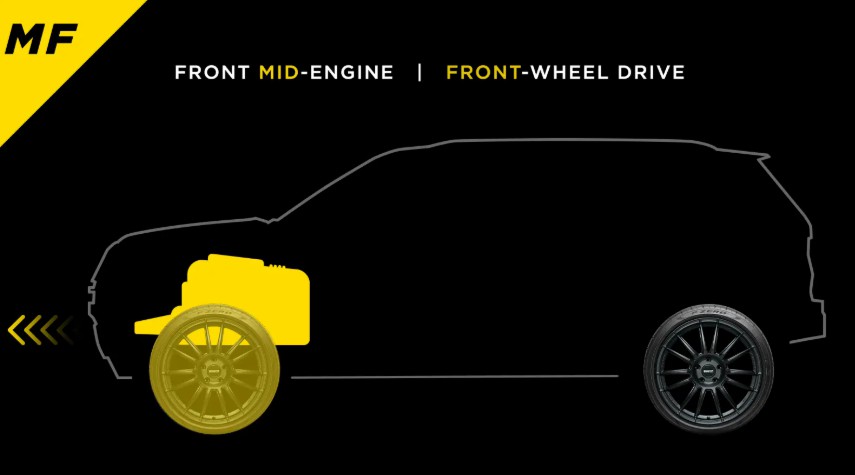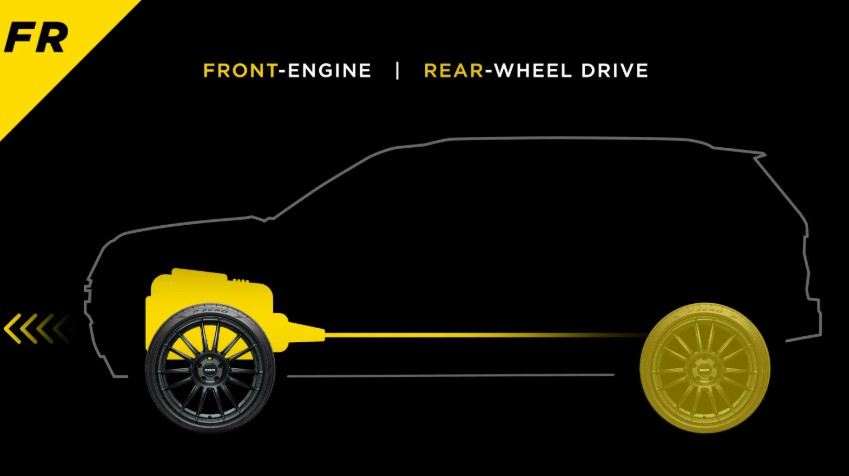What is The Difference Between FWD, RWD, and FWD?
When buying a car, the drive mode is a key consideration. You may often hear about front-wheel drive (FWD), rear-wheel drive (RWD) and four-wheel drive (AWD/4WD) drive systems, but what are the differences? Which one is more suitable for your needs? This article will take a deep look at the advantages and disadvantages of these three drive systems to help you make an informed choice.

What does front wheel drive mean?
Front wheel drive (FWD) means that the front wheels of the vehicle are powered and driven. In simple terms, the power generated by the engine is directly transmitted to the front wheels through the gearbox and transmission system. The front wheels are responsible for pulling the vehicle forward and also assume the steering function. FWD has a compact structure and is common in most economy cars, compact SUVs and family MPVs.
What is rear wheel drive?
Rear wheel drive (RWD) means that power is only transmitted to the rear wheels. The rear wheels push the vehicle forward and the front wheels are only responsible for steering. This is the layout adopted by traditional cars, and is now more common in sports cars, luxury cars and trucks.
Four-wheel drive and all-wheel drive
Four-wheel drive system (4WD or AWD) can distribute power to all four wheels to provide the best traction. 4WD is more suitable for off-road, with a complex system, and is often used in hardcore off-road vehicles; AWD is more common in urban SUVs and some high-end cars, and can automatically adjust the power ratio between the front and rear wheels.

What are the disadvantages and advantages of FWD, RWD and AWD
1. Advantages and disadvantages of front-wheel drive
Advantages:
lLower cost - FWD has a simple structure and low manufacturing cost.
lBetter fuel economy - There is no rear drive shaft, less power loss, and lower fuel consumption than RWD and AWD.
lMore space inside the car - The rear differential and drive shaft are eliminated, the rear floor is flatter, and the trunk space is more practical.
lTraction on slippery roads is acceptable - The weight of the engine is pressed on the front wheels, which is more stable than RWD in rainy and snowy weather.
Disadvantages:
lWeak control - The front wheels are responsible for driving and steering at the same time, and "torque steering" is prone to occur (steering wheel pulling during rapid acceleration).
lEasy to slip when accelerating - The center of gravity moves backward when starting, the grip of the front wheels is reduced, and high-horsepower FWD cars are prone to slip.
lNot suitable for high-performance cars - When the power is too large, the front wheels are difficult to effectively transmit power, affecting the control limit.
lFront wheels wear faster – they drive, steer and brake

2. Advantages and disadvantages of rear-wheel drive
Advantages:
lMore precise control – the front wheels focus on steering, the rear wheels are responsible for driving, and the steering is more direct.
lBetter acceleration performance – the center of gravity moves backward when starting, the rear wheel grip is enhanced, and high-horsepower cars are not easy to slip.
lBalanced weight distribution – many RWD cars are close to 50:50 weight distribution, which improves cornering stability.
lMore suitable for drifting – rear-wheel drive is easier to control the tail through the throttle, suitable for driving enthusiasts
Disadvantages:
lPoor performance on snow/slippery roads – the rear wheels are lightly loaded and are easy to slip on low-friction roads.
lSpace occupation – the drive shaft and differential occupy space in the car, and the central bulge of the rear row is higher.
lHigher cost – the structure is more complex than FWD, and the maintenance and manufacturing costs are higher.
lSlightly higher fuel consumption – additional mechanical parts increase weight and transmission loss, and the fuel economy is not as good as FWD.

3. Advantages and disadvantages of four-wheel drive
Advantages:
lBest traction – Power is distributed to four wheels, which is more stable in rain, snow, mud or off-road conditions.
lSafer handling – Reduces the risk of skidding and is more stable when cornering and accelerating.
lStrong off-road capability – 4WD (with low gear) can cope with extreme terrain and is suitable for off-road enthusiasts.
lSuitable for high-performance vehicles – High-horsepower models (such as Audi RS, Subaru WRX) can transmit power more efficiently.
Disadvantages:
lExpensive – AWD system costs a lot, and the cost of buying and repairing the car is higher.
lHigher fuel consumption – Additional mechanical resistance results in worse fuel economy than FWD/RWD.
lIncreased vehicle weight – The four-wheel drive system is heavier, which may affect handling flexibility and ride comfort.
lNot all AWD are suitable for off-road – The AWD of urban SUVs may only be “timely four-wheel drive” with limited off-road capabilities.
Which one is best for your needs?
1. According to climate and terrain
lThere is a lot of snow and slippery roads in the north in winter? It is more appropriate to choose FWD or AWD.
lThe south is dry all year round and mainly in cities? FWD is a worry-free choice.
lDo you often drive on mountain roads or drive off-road? 4WD is the safest guarantee.
2. According to driving style and needs
lChoose FWD for daily travel and commuting, which is energy-saving and efficient
lLike driving fun and love control? You can consider RWD models.
lUnsure about road conditions and adventurous spirit? AWD or 4WD can take you to further places
Summary
In short, no driving method is absolutely "best", but there must be one that suits you best. No matter which driving method you choose in the end, remember: safe driving and regular maintenance are the key to driving. I hope this comparison can help you find the most suitable model.
